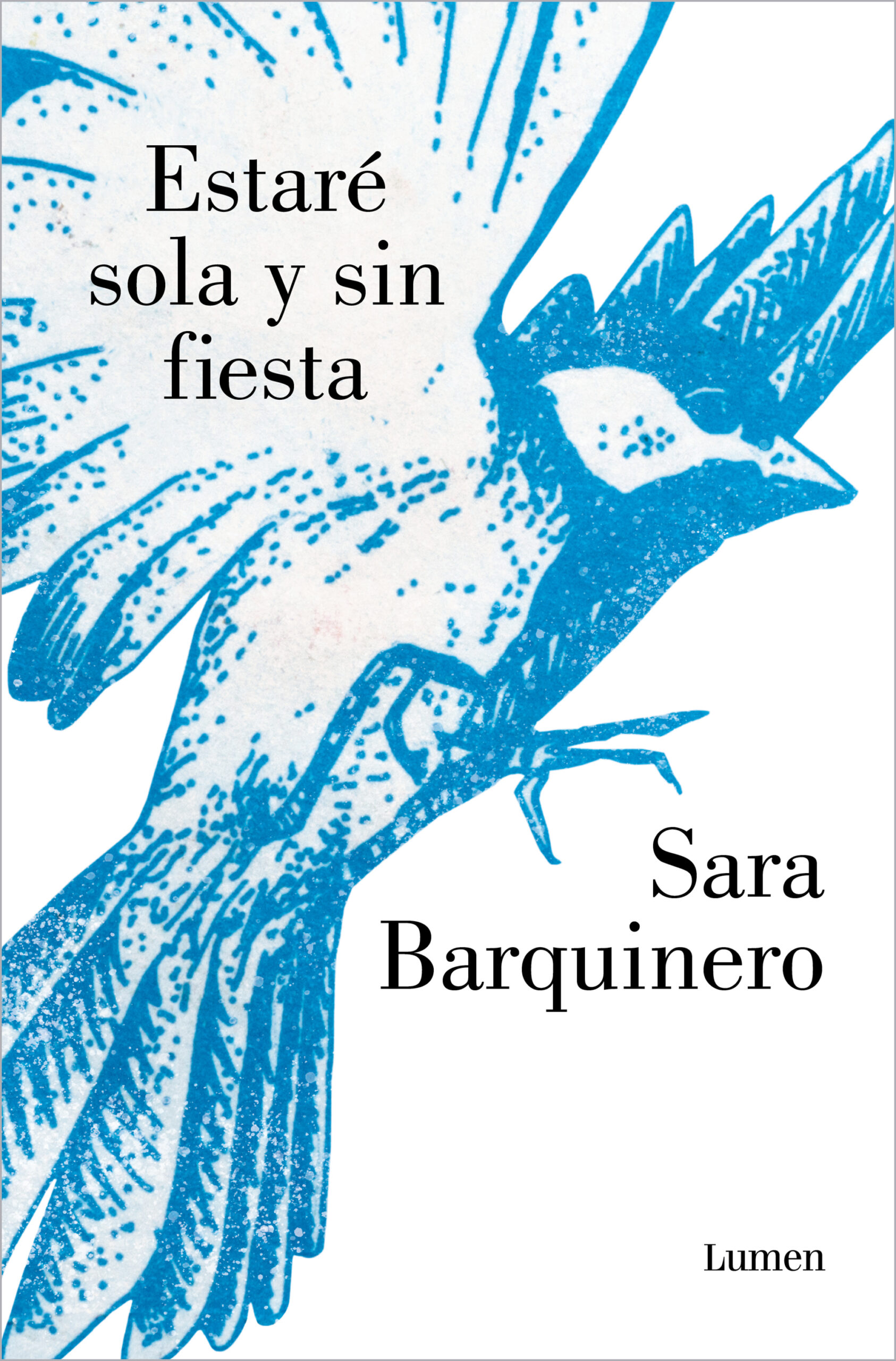AUTHORS >

Vida de Pablo
Periférica, 2011
(Life of Pablo) Vida de Pablo is the portrait of a generation that, on one hand, doesn’t spurn modern usage (applied to a completely current topic and narrative style, with a dash of Beckett and the avant-garde), but is perfectly rooted in the Bildungsroman tradition. It is a coming-of-age novel that recovers the liveliness and pace of literature from the end of the 18th and beginning of the 19th centuries (Sterne, Diderot, Jean Paul), one of the most fertile times in contemporary storytelling. On the other hand, this novel, which mixes several registers ranging from the picturesque to philosophical ramblings, explores the grey areas separating biography from fiction, and the social anomalies hidden behind our culture of wellbeing. Vida de Pablo can be read as a generational chronicle of youth condemned to marginalization in the leisure industry. It can also be seen as a book that witnesses the cooling of a friendship with curiosity.
Pablo is a young artist in a city in Southern Spain who has hung up his paintbrushes to work in a bar, where he tries to make his own expiration art. The narrator (an arrogant young poet who struggles to get by as a DJ) decides to become his biographer and launches into a picturesque portrait of Pablo and the characters that surround him, who are all one step from social marginalization. However several digressions prevent him from finishing his biography, starting with the most important digression: love. And what at first glance can seem like a novel about “sex, drugs and rock’n’roll” turns out to be the demystification of an imperfect first love and its ups and downs.
It is a story of goodbyes and reconciliations, the fulfillment of which is blown away in a dust of mistrust
and nostalgia (like a line of cocaine).
Pablo is a young artist in a city in Southern Spain who has hung up his paintbrushes to work in a bar, where he tries to make his own expiration art. The narrator (an arrogant young poet who struggles to get by as a DJ) decides to become his biographer and launches into a picturesque portrait of Pablo and the characters that surround him, who are all one step from social marginalization. However several digressions prevent him from finishing his biography, starting with the most important digression: love. And what at first glance can seem like a novel about “sex, drugs and rock’n’roll” turns out to be the demystification of an imperfect first love and its ups and downs.
It is a story of goodbyes and reconciliations, the fulfillment of which is blown away in a dust of mistrust
and nostalgia (like a line of cocaine).
PRESS
“A splendid debut.” Elvira Navarro, Qué leer
“Small neighborhood Gatsbys who walk with pride and with fear that they ill be spit on for their peculiarity and their importance in a provincial ity that watches, hates, envies and insults them.” Gabriel Núñez Hervás, Rockdelux
“One of the most original books on love and other vices that has been ublished. A cross‐cutting book, unconfined to any one generation, ultish, uninhibited yet modest, full of references, readings and music.” Javier Rioyo, el boomeran(g)


